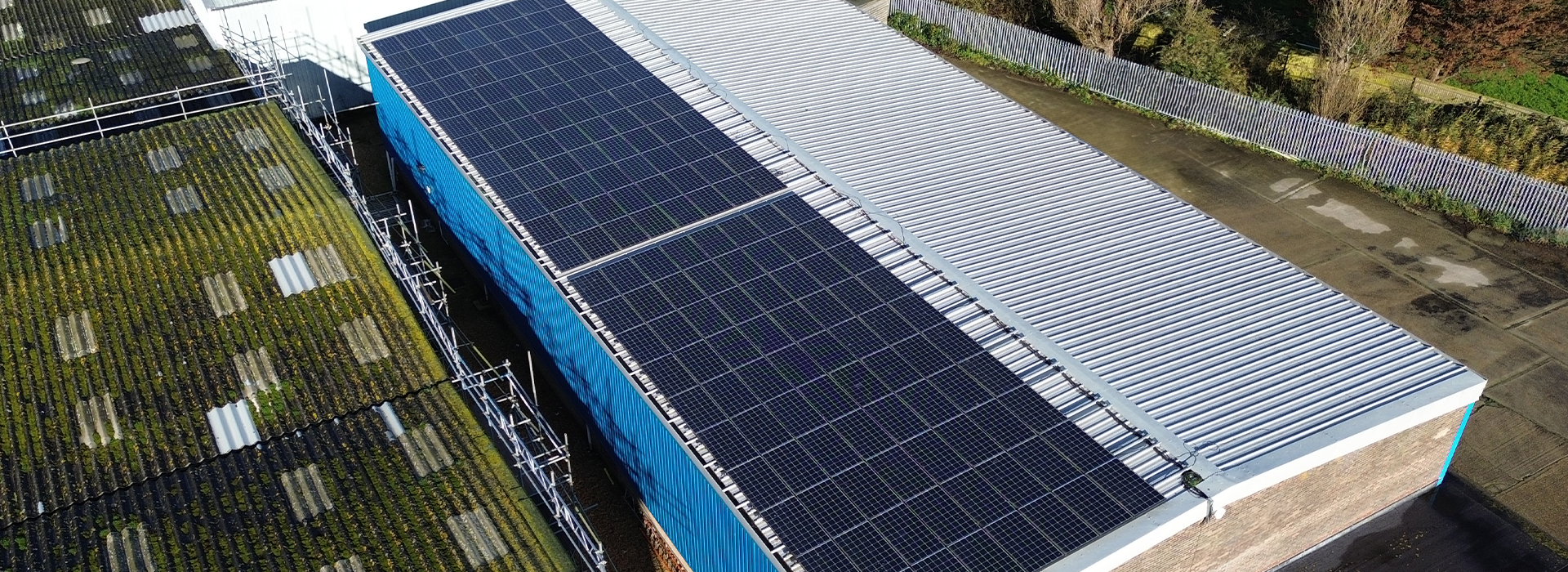In the bustling world of industrial and commercial construction, ensuring the safety of workers and contractors should always be a top priority. With the dynamic landscape of regulations and the ever-present risk of accidents, having robust height access systems in place is not just advisable but essential.
Legal Requirements in the UK
In the United Kingdom, stringent regulations govern the safety standards for industrial and commercial buildings. The Health and Safety Executive (HSE) sets out clear guidelines and requirements to mitigate the risks associated with working at height. Failure to comply with these regulations can result in hefty fines and legal consequences for building owners and contractors.
Types of Safe Height Access Systems
- Scaffolding: A traditional yet reliable method for providing safe access at height. Scaffolds offer stability and support for workers to perform tasks efficiently.
- Guardrails: Installing robust guardrails along edges and open sides of elevated platforms helps prevent accidental falls. Guardrails provide a visible barrier, enhancing safety on-site.
- Mobile Elevated Work Platforms (MEWPs): These versatile machines offer flexible access to elevated areas, allowing workers to reach heights safely while minimising risks.
Benefits of Safe Height Access Systems
Preventing falls and accidents
One of the most significant advantages of implementing safe height access systems is the prevention of falls and accidents. By providing secure platforms and barriers, workers are protected from potential hazards, reducing the likelihood of injuries and fatalities.
Ensuring worker safety
Investing in reliable height access systems demonstrates a commitment to the well-being of employees and contractors. By prioritising safety, businesses foster a culture of care and responsibility, leading to higher morale and retention rates.
Compliance with regulations
Adhering to legal requirements is not just a matter of avoiding fines; it’s about upholding ethical standards and duty of care. Safe height access systems ensure compliance with regulations, safeguarding both workers and the reputation of the organisation.
Cost-Effectiveness
Avoiding fines and legal penalties
Non-compliance with height safety regulations can result in substantial fines and legal repercussions. By investing in proper height access systems, businesses mitigate the risk of financial losses associated with legal penalties.
Reducing insurance costs
Insurance premiums for industrial and commercial buildings are often influenced by the level of risk management in place. Implementing effective height access systems can lead to lower insurance costs by minimising the likelihood of accidents and claims.
Improved Efficiency and Productivity
Easy access for maintenance and repairs
Efficient height access systems facilitate smooth operations, allowing maintenance tasks to be completed promptly and effectively. Quick access to elevated areas reduces downtime and maximises productivity.
Minimising downtime
In industries where time is money, any delay due to inaccessible heights can have significant implications for project timelines and deadlines. Safe height access systems ensure uninterrupted workflow, minimising costly delays and disruptions.
Reputation and Trust
Building a positive image
Safety-conscious businesses are viewed more favorably by clients, investors, and the public. Demonstrating a commitment to worker safety enhances the reputation of the company and fosters trust among stakeholders.
Gaining trust from clients and employees
Clients are more likely to engage with businesses that prioritise safety and adhere to regulations. By investing in safe height access systems, companies instill confidence in their clients and attract top talent who value workplace safety.
Conclusion
In conclusion, safe height access is paramount for industrial and commercial buildings in the UK, not only to comply with regulations but also to protect the well-being of workers and enhance operational efficiency. By investing in robust height access systems, businesses can mitigate risks, reduce costs, and build a positive reputation within their industries.



